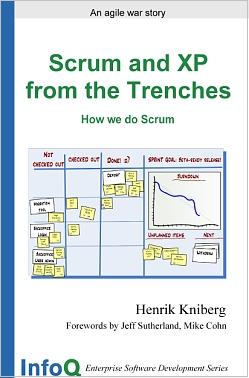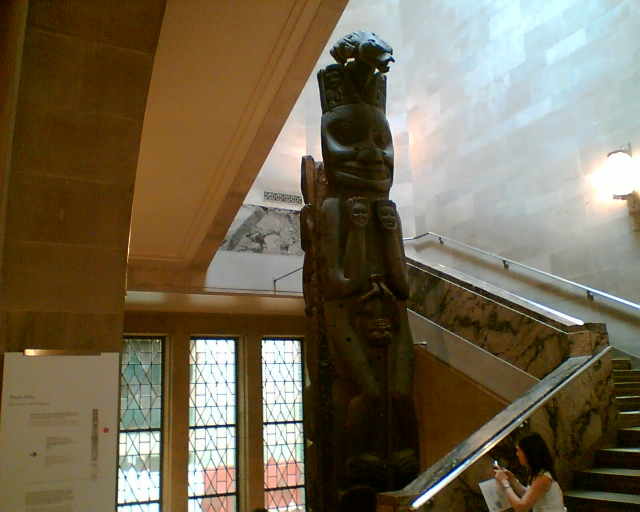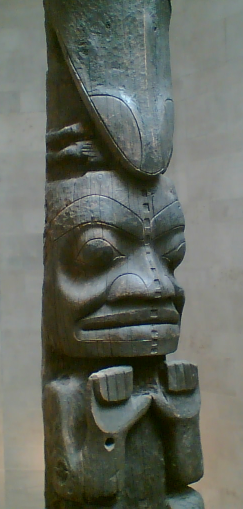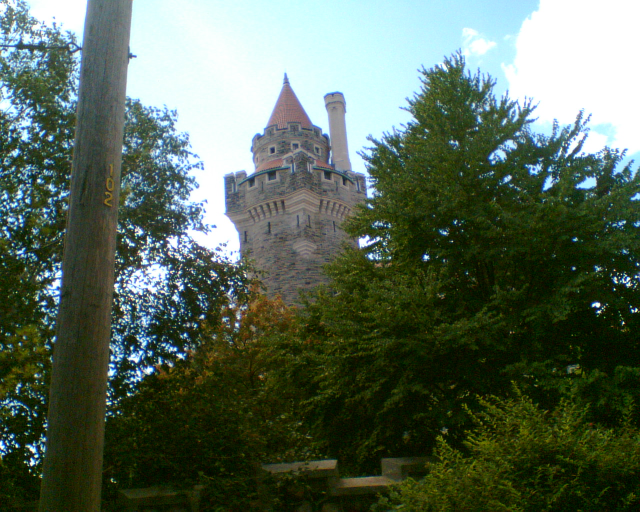|
|
Prioritizing your Product Backlog
Mike Cohn presents several techniques for prioritizing our backlog:
- Kano analysis: divide themes into Exciter (“Wow! Ididn’t know you could do that!”) , Linear (“The more, the better”) and Mandatory (“Must have”) features. Implement the mandatory themes; add as many Linear themes as possible; add some Exciters to keep the customers delighted.
- Theme screening: looks at how well the themes score on several chosen selection criteria, relative to one base theme. Work on the high scoring themes.
- Theme scoring: choose selection criteria and assign weights. Choose a baseline for each criterion and score each theme. Give each theme a score for each of the criteria, compared to the baseline. Work on the high scoring themes.
- Relative weighting: score each theme on how much value it adds if present and how much value it would remove if not present. Calculate the relative contribution in value for each theme. Calculate the relative contribution in cost for each time. Score by relative value/relative cost. Work on the high scoring themes.
Essentially, the process works on the theme level. Applying it to stories is too much work and is often meaningless to business users. When we work on a theme, we have to split them in stories and redo the exercise because not all stories in a high-scoring them have a lot of business value or are necessary to realize the theme’s business value. Overall an excellent presentation with good visuals, some exercises and practical advice. Slides available on Mike’s site.
The Relative Weighting technique is used in the Business Value Game, which we will tryout tomorrow morning.
Jeu de direction
After a refreshing run on the harbourfront, the conference kicks off with the French version of the Leadership Game, “Le Jeu de Direction“. I’ve played this game before with a large group. This time we can explore the leadership issues with a small group. In the game we have to build LEGO buildings in three rounds. In each round we experience a different leadership style: directive, absent and coaching.
The group quickly self-organized, divided tasks and easily picked up tasks that needed to be done. Working without a leader or a coaching leader was not very different. In larger teams, the coach would be more needed, to help the team by keeping an eye on progress, communication and the big picture. It seems that the men and women on the team played with LEGO differently.
Real Options
In the break between sessions, we have an open space chat about Real options after Chris Matts’ and Olav Maassen’s session on Real Options. Portia and I have developed a “Space Game” to experience the Real Options techniques. Some people are interested to play this game. We didn’t bring the game with us, but we’ll see if we can cobble up the game materials with some paper, bits of string and some chewing gum so that we can have a game in the Open Space room.
10 ways to screw up with Scrum and XP
 Henrik Kniberg, author of “Scrum and XP from the Trenches“, presents 10 ways to screw up agile projects and agile introduction. The presentation is humorous and Henrik is an engaging speaker. It’s fun and most of the mistakes are very basic. And yet… these are the issues that I’m confronted with daily. Henrik Kniberg, author of “Scrum and XP from the Trenches“, presents 10 ways to screw up agile projects and agile introduction. The presentation is humorous and Henrik is an engaging speaker. It’s fun and most of the mistakes are very basic. And yet… these are the issues that I’m confronted with daily.
In coaching and consulting work I sometimes worry that we’re telling our customers obvious, basic things. Isn’t all of this Agile, Lean, Real Options and other stuff just common sense? Yes, common sense but uncommon practice. We have to get these basics right with our customers, build a solid Agile base. Then they can take it further on their own and we can move on to help another customer get the basics right.
I’ve given this book to the teams I currently coach. Most of the answers to their questions are in there.
Scrum and XP are simple.
Scrum and XP are hard.
If you want to know more, have a look at Henrik’s blog and download the slides, they are mostly self-explanatory. Or even better, go listen to Henrik at an event near you.
Toyota Production System with Mindmapping
Kenji Hiranabe gave an introduction to mindmapping. When we were all comfortable with the tool, Kenji showed us a video of the introduction of process changes at SANYO. During the video we had to take notes using the mindmap. Our 5 root topics were: waste, process, confusion, YATAI and KAIZEN. Yatai is the practice of having multi-skilled workers complete a whole job, instead of specialized workers working at a conveyor belt. Kaizen is continuous improvement.
The process improvement approach shown was quite brutal. After visually showing how much waste was in the system, the conveyor belt was ripped out, to be replaced by Yatai workcells. The production manager was not amused: he had just been humiliated. Moreover, the new system was slower. Things get worse before they get better. The factory would not make their arranged deliveries and risked losing the trust of the customers. So, the old system was reinstated. As a concession, an experiment with one worker was allowed. An experienced worker was chosen to perform the experiment. At first, she was slower than the old system. Over the course of five days she and the engineers implemented improvements and the time to do the work came down to the level of the old system.
The advantage of the Yatai system is that multi-skilled workers see more results of their work and are less likely to become disinterested. As they are in charge of a large section of production, they can implement improvements that are less likely to be local optimizations. The Yatai system is lighter weight and more flexible than a conveyor belt-based system.
I’ve learned a new word and technique: Yatai. The (many) parallels with agile process improvement are left as an exercise for the reader.
 Dwarves at work Dwarves at work
In the afternoon Portia and I ran the “Mirror Mirror” session. There were 12 participants, which left more time for discussion and questions. We hope the participants got some value out of this session, that they got some ideas for actions to improve their personal and team effectiveness. We’ll know more once we get the retrospective and perfection game results.
Business Value: Soup to Nuts
Andy Pols and Chris Matts talked about Business Value. Many of it was familiar, but I got some new ideas for the Business Value Game and more ideas for awkward questions to ask before and during projects.
Business Value is a continuous process based on a model of value to be delivered by the project. It is a collaborative process, so start asking those difficult questions NOW.
Keynote: James Surowiecki
“The wisdom of crowds”: under the right conditions, groups of people can be (dramatically) smarter than the smartest person in the group. What are those conditions? How is this applicable to Agile software development?
Example experiment on the conference: “How many lines of code are there in Microsoft Visual Studio?”. Obvious answers are: “Too many”, “Who still counts lines of code?” or “Who cares?”. Only two individual participants got closer than the average of the sum of the entries from the collective.
Web examples: Google pagerank and “Clickworkers“. Clickworkers are volunteers who classify Mars craters for NASA. Other examples: betters on horse races or store employees who predict how many and which type of gift cards will be sold. The last one includes the factor that people on the floor have more information and a better view on the customer.
Prediction Markets use a simulated market to predict political results, product preferences, project completion dates. Why do they work? These processes surface information that classic predction processes miss. Classic processes impede the flow of information: people hoard information; people say what their superiors want to hear; people have incentives to ‘game’ the system. Prediction Markets give only one incentive: try to get it right.
Two images of crowds: volatile and extreme (lynch mob, bubbles) or mediocre. These are real effects. But why don’t all crowds work? What do we need to do to create crowds that work:
- Aggregate lots of different judgements to come up with the common judgement.
- Have diversity in the team, cognitive diversity: people who lookat problems in different ways, use different thinking tools. Homogeneous groups become dumber and dumber, ‘groupthink’ sets in because no one spots the flaws. Solution: use conflict, devil’s advocate, question decisions. But that requires a lot of trust.
- Get rid of peer pressure. Every participant must offer their input independently, individually and not influenced by the other participants. Imitation is often a good strategy. Organisations reward average, conformant behaviour. But conformity reduces the intelligence of the crowd.
We over-estimate our ability to recognize the intelligent people. Crucial problem-solving skills may be available in places you wouldn’t expect. The Lean practice of involving the workers in continuous improvement uses this.
Conclusion: good, clear talk. Now I don’t need to read the book 🙂
The idea may seem very abstract and high-level, but the ideas and the techniques to create crowd wisdom are available and practical. Some of them are in use in Agile and Lean methods, for example continuous improvement, planning poker, collective ownership…
Seeing more of Toronto
Agile 2008 starts tomorrow and participants are trickling in. Meanwhile there’s some time left to see a bit of Toronto.
Darwin
 
We headed for the Royal Ontario Museum, about half an hour’s walk North from the conference and visited exhibits about European history, totems, Egypt and Shanghai. Unfortunately, there’s no time left to visit the dinosaurs. We’ve really come for the “Darwin: the Evolution Revolution” exhibition, which retells Darwin’s life and work. There’s a lot of background information on the many panels. The text can be found on the American Museum of Natural History site.
Castle on the Hill
To mentally prepare for our “Snow White and the Seven Dwarves Kanban” game, we visited Casa Loma. This 98-room castle is a folly built by entrepreneur Sir Henry Pellatt.The castle is a child’s dream come true, complete with secret passages, tunnels, turrets with crenellations and twee rooms outfitted in mock-European style. The library, conservatory and grounds are simply stunning.
One of Pellat’s ventures was the the first Canadian hydro-generating plant at Niagara Falls. Off to the waterfall, then!
 
And so it begins
That’s all (for now) for the touristy bits. In a few moments the conference sessions begin with a keynote by James Surowiecki author of “The Wisdom of Crowds”. This afternoon, we present Mirror Mirror.
More later.
|
|







